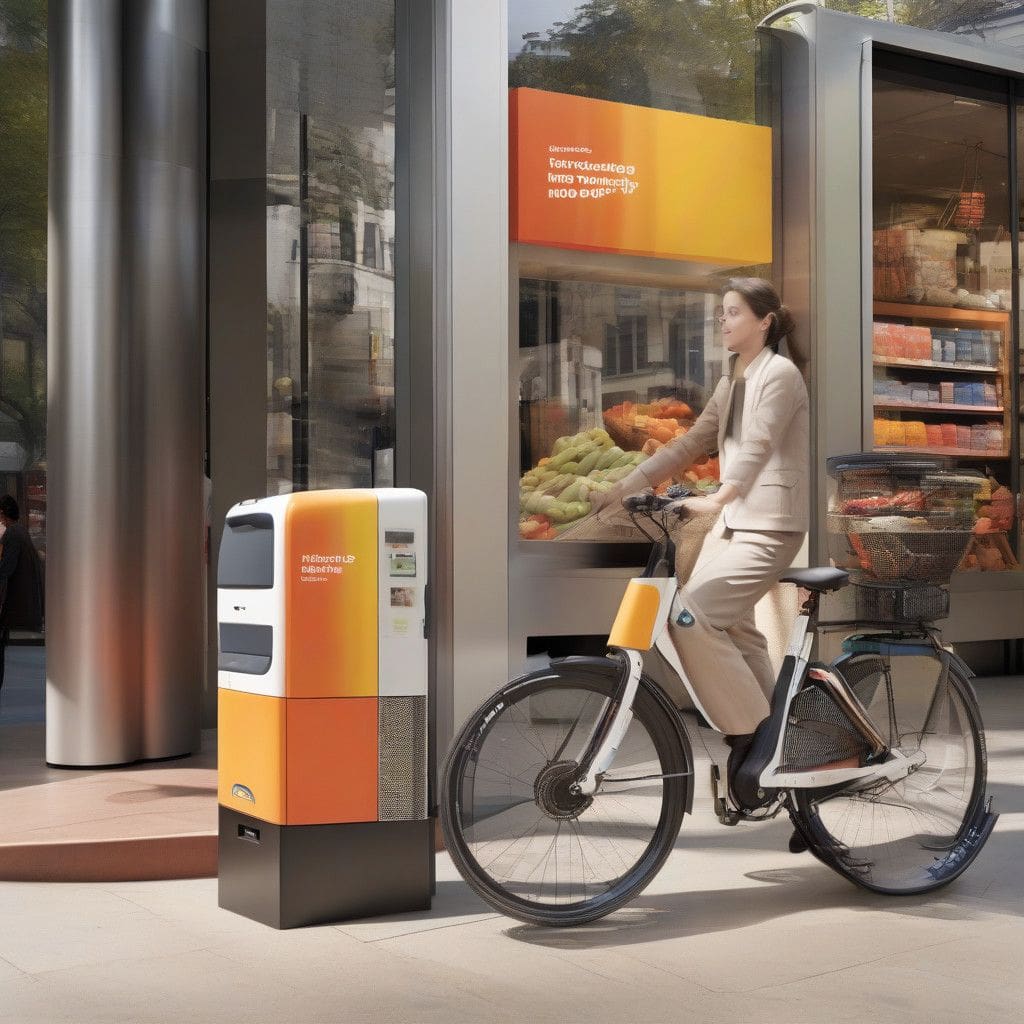E-commerce has transformed the way consumers shop, providing businesses with a global platform to reach customers at any time. However, with this opportunity comes fierce competition, requiring retailers to optimize their strategies to stand out and succeed. Understanding the essential components of digital marketing, conversion rate optimization, and retail techniques can significantly impact your bottom line. This article will explore practical strategies to enhance your e-commerce business and increase sales.
To begin with, an effective digital marketing strategy is crucial for any e-commerce business. This involves a mix of various channels, including search engine optimization (SEO), pay-per-click (PPC) advertising, and social media marketing. SEO offers one of the most cost-effective advertising methods by improving your organic search visibility. The first step in SEO is keyword research. By identifying keywords that potential customers use to search for products, you can tailor your content to appear in relevant searches. Tools like Google Keyword Planner and SEMrush can help you find these keywords.
For instance, if you sell eco-friendly cleaning products, you might discover that “eco-friendly cleaning supplies” is a common search term. Incorporate this phrase into your site’s meta descriptions, product titles, and throughout your product pages. This practice not only enhances visibility but also improves the chances of converting average visitors into paying customers.
Alongside SEO, PPC advertising can drive immediate traffic to your site. Platforms like Google Ads and Facebook Ads allow businesses to create targeted campaigns based on specific demographics, interests, and search behaviors. By allocating a portion of your marketing budget to PPC, you can boost brand awareness and attract customers ready to make purchases. For instance, if you have a seasonal sale on outdoor furniture, targeted ads can reach users who have shown interests in home and garden categories.
Social media marketing is another vital component of a successful e-commerce strategy. With billions of users on platforms like Instagram, Facebook, and TikTok, these channels offer immense reach and engagement opportunities. Consistency in posting, storytelling through your content, and utilizing high-quality visuals are key to captivating your audience.
Case studies show that visually appealing content can significantly increase brand engagement. For example, a clothing retailer that regularly showcases customer outfits and behind-the-scenes production stories sees a rise in user-generated content and shares. This not only builds community but also enhances trust, making potential customers more inclined to purchase.
Once you have attracted visitors to your site through various digital marketing efforts, the next critical step is converting those visitors into customers. This is where conversion rate optimization (CRO) comes into play. CRO involves analyzing and improving the customer journey to encourage more transactions.
The first approach to improve conversion rates is by enhancing your website’s user experience (UX). A well-designed and user-friendly site minimally frustrates users, encouraging them to complete purchases. Key elements include fast load times, a mobile-responsive design, and easy navigation. According to studies, a 1-second delay in page load time can result in a 7% reduction in conversions. To enhance speed, consider using tools like Google PageSpeed Insights to identify elements slowing down your site.
Additionally, your site’s checkout process should be streamlined. Lengthy forms and unnecessary steps can lead to cart abandonment. A survey by the Baymard Institute found that 69.57% of online shopping carts are abandoned, often due to complicated checkouts. You can reduce this rate by offering guest checkout options, clear progress indicators, and multiple payment methods.
Another effective technique in CRO is utilizing persuasive copywriting. This means creating compelling product descriptions that not only explain the features but also connect with the reader’s emotions. Highlighting how your product solves a problem or enhances the customer’s lifestyle can motivate them to make a purchase. For example, instead of simply stating the specifications of a blender, emphasize how it can help create healthy smoothies each morning, making it essential for a health-conscious customer.
Lastly, employing trust signals can boost conversions. These signals, such as customer reviews, testimonials, and secure payment indicators, help build trust and credibility. Many consumers check reviews before purchasing a product, and featuring positive testimonials prominently on your product pages can reassure potential buyers. Tools like Trustpilot allow businesses to gather and showcase customer feedback transparently.
In conclusion, maximizing your e-commerce potential hinges on effective digital marketing, conversion rate optimization, and exceptional retail strategies. By focusing on SEO, PPC, and social media engagement, you can increase brand visibility. Once visitors arrive at your site, enhancing user experience, simplifying the checkout process, employing persuasive writing, and incorporating trust signals can significantly boost conversion rates.
The competitive e-commerce landscape requires ongoing adjustments and improvements, but with the right strategies in place, your business can thrive. Implement these methods consistently, analyze your results, and remain adaptable to changes in consumer behavior to ensure long-term success.
